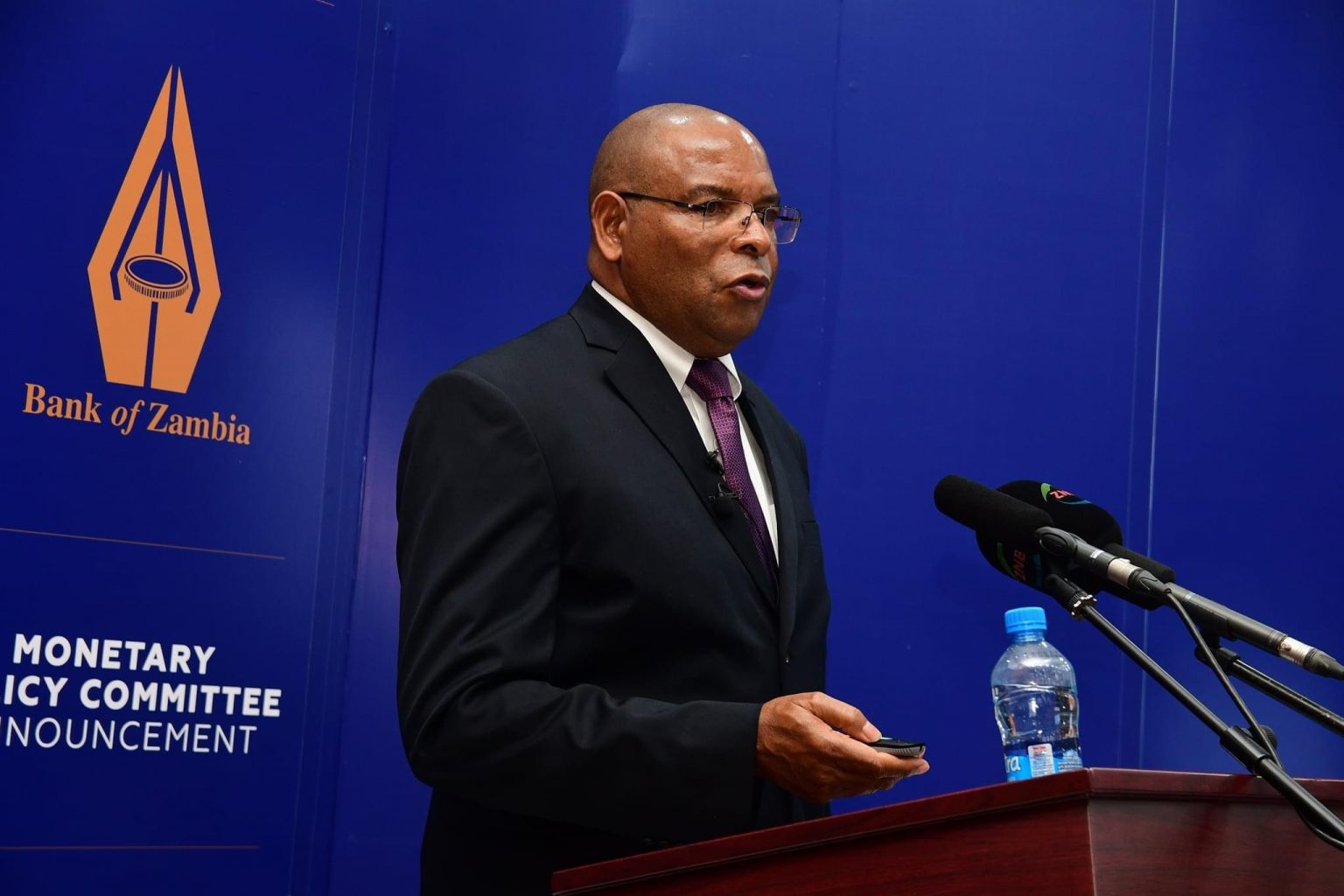Zambia’s central bank will next week Monday commence deliberations concerning its sophomore rate decision meeting of the year 2022 that will climax on Wednesday May 18 with the Governor Denny Kalyalya announcing the committees stance. Since the last monetary policy session on February 17, that kept rates tad at 9.0%. The fiscal and economic landscape has seen immense metamorphosis with both endo and exogenous factors impacting the financial landscape.
READ ALSO: BOZ Keeps Rates Tad in Debut MPC On Ebbing Inflation, Wary Of Upside Risks
Global fundamentals remain frail with feeble growth prospects marred by the war in eastern Europe after Russia invaded Ukraine roiling energy markets that soared crude and gas prices to records. This has exacerbated by inflationary pressures across the word, compounding an already existing consumer and producer price index quagmire that has seen the genesis of a rate hike cycle especially in the West. Key central banks such as the US Federal Reserve Bank have anticipated 7 rate hikes in 2022 to curb the 8.5% inflation (current) in the US which has signaled a very strong dollar environment with the dollar index (DXY) against a basket of 6 major currency at 102.3 close to highs last seen when COVID was most acute in the world.
READ ALSO: US Fed Rate Hike could Suggest BOZ is behind the Kwacha Interest Rate Curve
In the domestic markets continue to fret asset sell – off pressure as likelihood of new money in Kwacha securities fades on higher prospects of higher attractive yields in the US. However Zambian paper still remains attractive on the economic outlook given the restructure expectations after China joined the creditor club under a G20 common framework and a more bullish currency as confidence perpetuates. Yields seem toppish for bonds and treasury bills and the last fixed income saw strong appetite for securities while the currency market more dollar offloading as risk appetite continues to claw back into the market evidenced by greater commitments by mining players such as First Quantum Mining (FQM) seeking to expand their Nickel and Copper mining leveraging off higher base metal prices on the London Metal Exchange (LME).
READ ALSO: March Global Food Prices Scale 13%, Highest Since 1990, on Geopolitical Disruption Effects – FAO
Despite global food prices at records, the highest since 1990 according to the Food Agriculture Organization (FAO) index, Zambia’s agribusiness still faces immense opportunity for export purposes for wheat, sugar cane and maize while the import side could breed to some degree cost push and import inflationary pressure. April headline inflation print was 11.5% as the trajectory continues to ebb however upside risks to CPI could stem from higher petroleum prices as crude markets remain constrained from Russo – Ukrainian war effects.
BETTER BUSINESS CONDITIONS, COST PRESSURES PERSIST
Private sector pulse as measured by the Markit Economics Purchasing Managers Index (PMI) for April rebounded into expansion headlining 50.5 from previous months 49.6 as business conditions improved but inflationary pressures from higher fuel prices still kept selling prices higher a homogenous theme observed across Zambia’s peers in Africa.
Zambia’s rate decision meeting could be keeping rates unchanged for the second time in a row weighing the fiscal outlook ahead of a targeted June IMF deal closure while also gauging the resilience of the economy despite global turbulence. Until the impact of rising soft commodity prices seeps into the Southern African economy significantly, the monetary policy committee will have little motivation to tighten the monetary pricing benchmark. If a hike at all for which we attach a very infinitesimal probability, a 50 basis points adjustment to manage looming inflationary pressure from the energy sector. Otherwise the odds of a tad rate decision remain more overwhelming.
The Kwacha Arbitrageur

